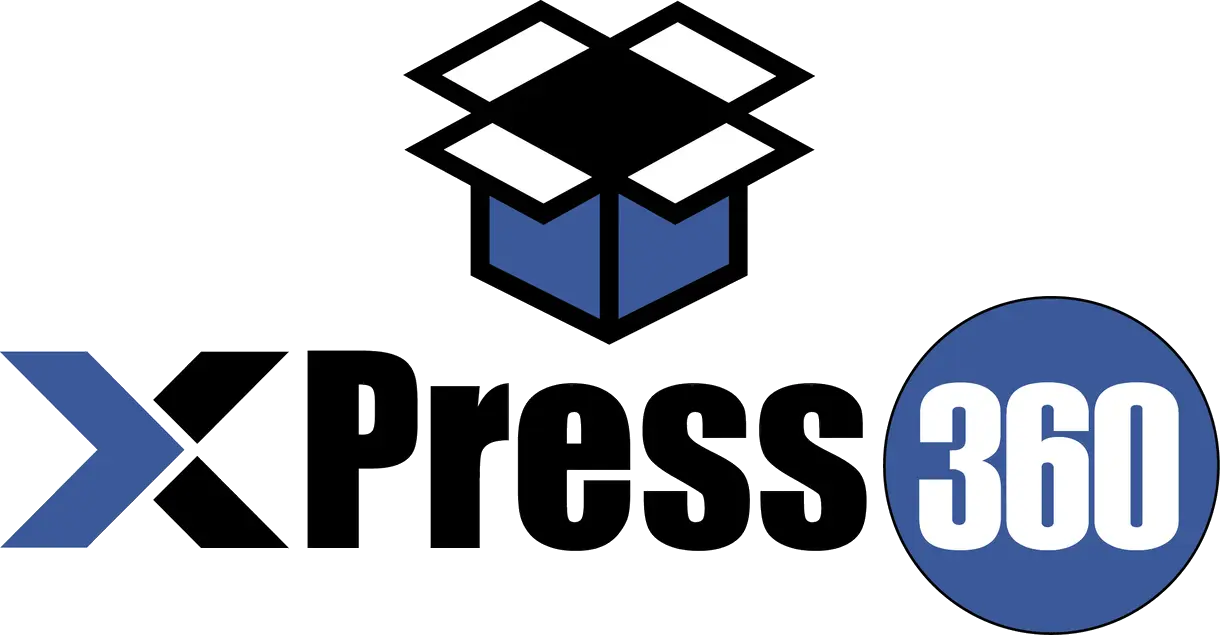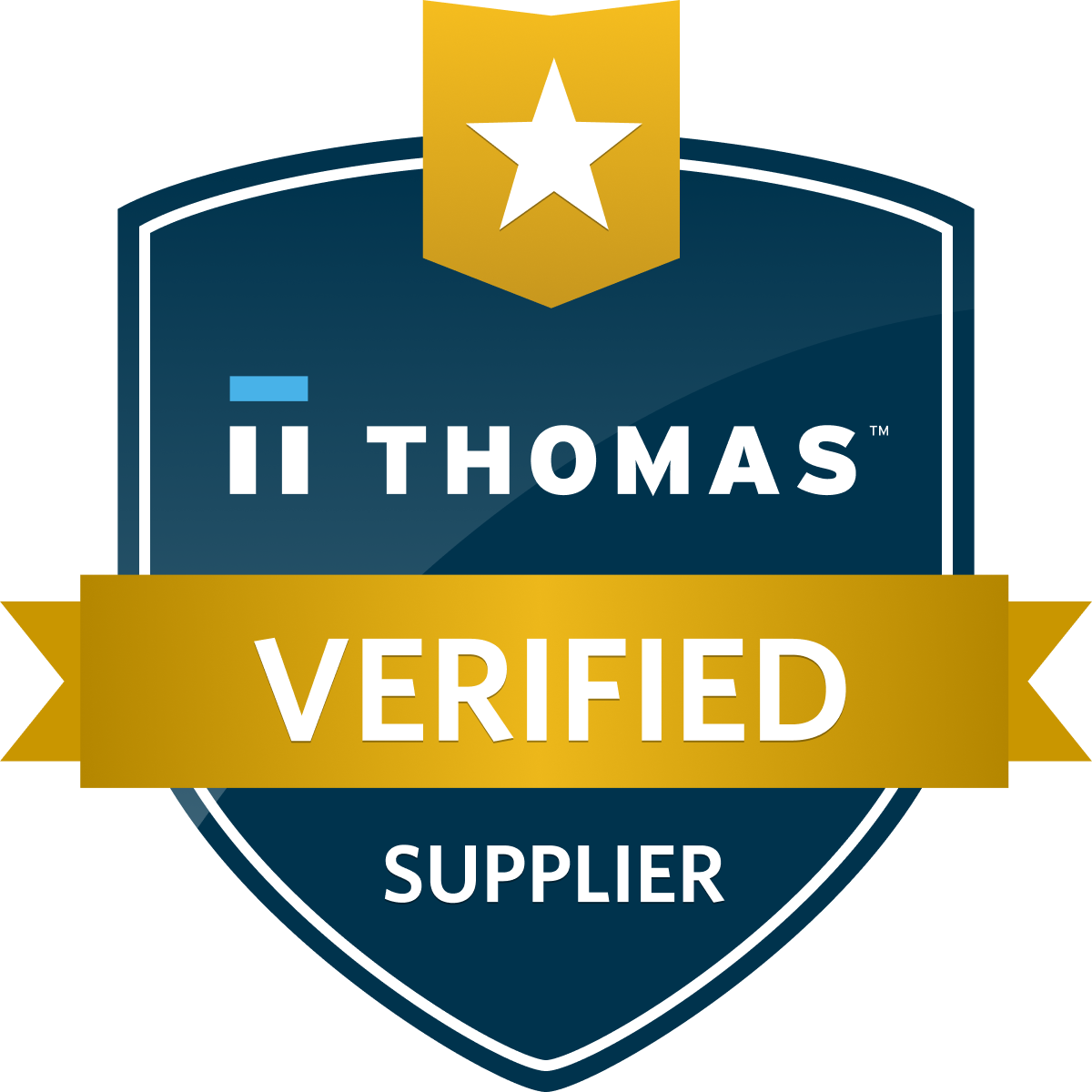In our modern, consumer-driven world, the importance of packaging in business cannot be overstated. It is a vital component of the overall brand experience, from preserving product quality to influencing buying decisions. Not only does it protect the product, but it also communicates its value and purpose to potential customers. Packaging is the silent salesman that introduces your product to the world.
As we journey through the evolution of product packaging, it’s fascinating to see how technology has reshaped this aspect of business. Custom design technology, in particular, has revolutionized how products are packaged, adding a new dimension of creativity and personalization. This blog will delve into the role of custom design technology in product packaging, exploring how it’s paving the way for businesses to design success in today’s competitive market.
The Significance of Custom Design Technology
In the context of product packaging, custom design technology refers to using software and digital tools to create unique, personalized packaging designs. These technologies allow businesses to break free from the constraints of traditional packaging methods, offering a level of customization and creativity that was previously unattainable. They enable companies to create packaging designs that align perfectly with their brand identity and meet consumer expectations.
The advantages of custom design technology over traditional packaging are numerous:
- They provide an opportunity for businesses to differentiate themselves in a crowded market.
- These technologies can help companies build stronger connections with their customers by enabling a higher degree of personalization.
- They can also lead to operational efficiencies, such as reduced design time and cost savings.
Enhancing Brand Identity
A strong brand identity can be a powerful differentiator in a marketplace where consumers are bombarded with choices. Custom design technology allows businesses to create packaging that is not only functional but also a true reflection of their brand. By incorporating elements such as brand colors, logos, and unique design features, businesses can make their products instantly recognizable and memorable.
Meeting Consumer Expectations
Today’s consumers expect more than just a product; they want an experience. Custom design technology enables businesses to meet these expectations by creating packaging that engages consumers more deeply. Whether it’s through interactive elements, personalized messages, or innovative designs, these technologies can help businesses deliver a customer experience that is both memorable and satisfying.
Key Components of Custom Design Technology
Graphic Design Integration
One of the critical components of custom design technology is graphic design integration. It involves using design software to create visually appealing graphics for product packaging. These graphics can include everything from logos and images to typography and color schemes. Seamlessly Integrating these elements into the packaging design can enhance the product’s visual appeal.
3D Modeling and Prototyping
Another crucial component of custom design technology is 3D modeling and prototyping. This technology allows designers to create a virtual model of the packaging design, enabling them to visualize the final product before it goes into production. It saves time and resources and allows for greater precision and accuracy in the design process.
Material Selection and Innovation
Material selection and innovation are crucial aspects of custom design technology. The choice of materials can significantly impact the packaging’s functionality, sustainability, and aesthetic appeal. Technological advances have led to the development of new materials and innovative packaging solutions that are visually appealing, environmentally friendly, and cost-effective.
Custom Design Technology Tools
In product packaging, custom design technology tools have become game changers. They offer businesses unprecedented control and creativity in shaping their product’s visual presentation. Leading software such as Adobe Illustrator, Sketch, and InVision provide a wide array of features that enable designers to create stunning and practical packaging designs. These tools, from vector graphics to interactive prototypes, equip businesses with everything they need to make their products stand out on the shelves.
Comparing these software, each offers unique strengths. Adobe Illustrator is renowned for its robust vector editing capabilities, ideal for intricate packaging designs. Sketch, conversely, shines in UI/UX design, allowing for the seamless creation of interactive prototypes. InVision takes collaboration a step further by facilitating real-time feedback and design iteration. Each tool has its niche, but all contribute to making custom design technology a powerful ally in product packaging.
Future Trends in Custom Design Technology
Looking ahead, the future of custom design technology holds exciting possibilities. Innovations on the horizon promise to make packaging design even more dynamic and personalized. For instance, augmented reality (AR) is poised to transform how customers interact with packaging, offering immersive experiences that extend beyond the physical product. Similarly, advancements in 3D printing allow for even greater customization and rapid prototyping of packaging designs.
These anticipated industry changes are set to revolutionize how businesses approach product packaging. With the advent of more sophisticated design tools, companies will be able to create packaging that protects and presents their product and enhances the consumer experience. The future seems bright for those willing to embrace these emerging trends and harness the power of custom design technology.
The Role of AI in Custom Design
Artificial Intelligence (AI) is making significant strides in custom design, particularly in optimizing design processes. Machine learning algorithms can analyze large sets of data to identify patterns and trends, providing valuable insights that can be used to improve design efficiency and effectiveness. It allows businesses to create packaging designs that are not only visually appealing but also optimized for performance.
AI-driven personalization in packaging is another exciting development. By analyzing customer data, AI can help businesses tailor their packaging to individual consumer preferences. This level of personalization can significantly enhance the customer experience, promoting brand loyalty and driving sales. As AI continues to evolve, its role in custom design technology is set to become even more pivotal.
Summary of Key Findings
Custom design technology is revolutionizing the world of product packaging. It’s providing businesses with a powerful tool to create unique, personalized, and impactful packaging designs. From enhancing brand identity to meeting consumer expectations, these technologies redefine how companies approach their packaging strategies. They’re not just wrapping products; they’re creating experiences, telling stories, and building consumer connections.
The implications of these developments for businesses are significant. As technology advances, the possibilities for custom design will only grow. Companies that embrace these innovations will be well-positioned to stand out in an increasingly competitive market. Not only can they create visually stunning packaging, but they can also enhance operational efficiencies, reduce costs, and build stronger relationships with their customers. Ultimately, custom design technology isn’t just about creating great packaging; it’s about designing success for your business.
Explore our product packaging services!







